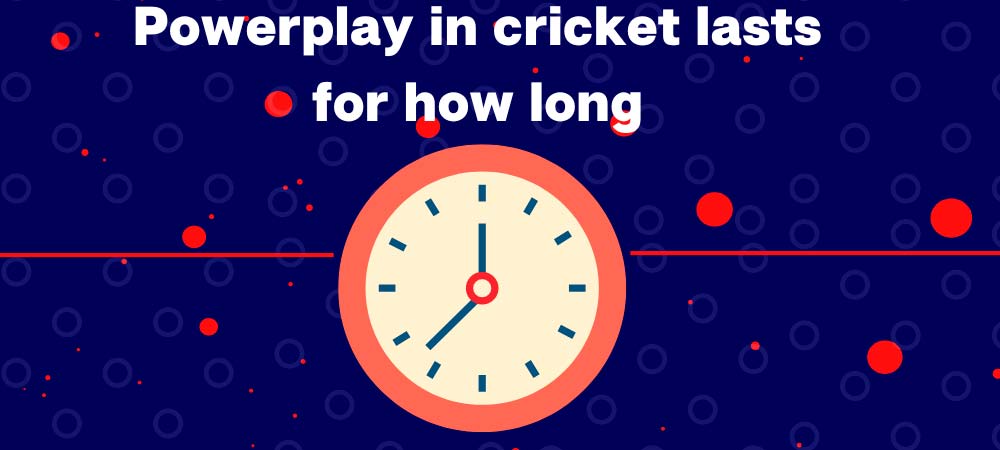A team’s powerplay usually lasts for six overs in a Twenty20 match, and for 10 overs in a 50-over match. Where overs per innings are not specified in test cricket, there is no powerplay.
Power Plays are one of the modern additions to limited-overs cricket. One day cricket was invented in the 1970s, which led to multiple changes in the fielding rules. The fielding restrictions for the bowling team were unified when the power play was first introduced in 2005.
Why Does Batting Powerplay Differ From Bowling Powerplay?

The ICC introduced the batting powerplay three years after the powerplay was invented.
Batting power plays gave the batting team an additional benefit, as they were able to pick when the opposition would use their third or second powerplay.
Nevertheless, problems arose during the batting powerplay. Between the 46th and 50th overs of matches, most batting teams imposed the powerplay, which resulted in fast wicket losses in the final innings and predictable and unentertaining periods.
In an attempt to prevent late aggressive play on the part of all batting teams, the ICC modified the rules again in 2012, allowing the batting powerplay to be taken in the 36th over. However, the change did not last long.
The ICC introduced a mandatory powerplay in 2015 to replace the batting powerplay. Each powerplay occurs at a different time in the game, but the rule remains in place today.
Power Plays have shifted the balance of advantage from batting to bowling since each team has the option of taking its two 5-over power plays when it wants to.
Powerplay in cricket lasts for how long?

For the duration of a power play, T20 and ODI cricket have different rules. In ODI cricket, powerplays must now be taken at predetermined times according to new ICC rules, which first came into impact in 2015. A powerplay is mandatory in each innings of a T20, however.
ODI and T20 cricket fielding restrictions are described below during a power play.
During a T20 match, each team bowls six overs in their innings. The inner-circle extends 30 yards out from the 30-yard line during this period. In the six overs that follow, the outer circle can be occupied by a maximum of five fielding players. T20 cricket only features a single powerplay, and this form of the game does not feature selective power plays.
ODI: Powerplay one (also called P1) is the first 10 overs of each inning. The inner-circle can only be left open for two fielders during this period. P2 (second) and P3 (third) last for just five overs each. Nevertheless, four fielders are allowed outside of the inner circle at powerplay two (which must begin between overs 11-40). The maximum number of players outside the 30-yard circle is five during powerplay three (from overs 41-50). During the allotted overs, only the captains are permitted to take power plays 2 and 3.
What Is the Number of Overs in a Powerplay?
There is a max of six powerplay overs in T20 cricket, and these overs must be taken by each team at the outset of their innings. An ODI, 50-over match, however, consists of 20 powerplay overs distributed over two spells of 10 overs, and two lots of five overs, which must be taken at similar times in an innings.
International cricket matches and competitions involving limited overs are governed by these rules. Limited overs cricket is governed differently in national competitions.

